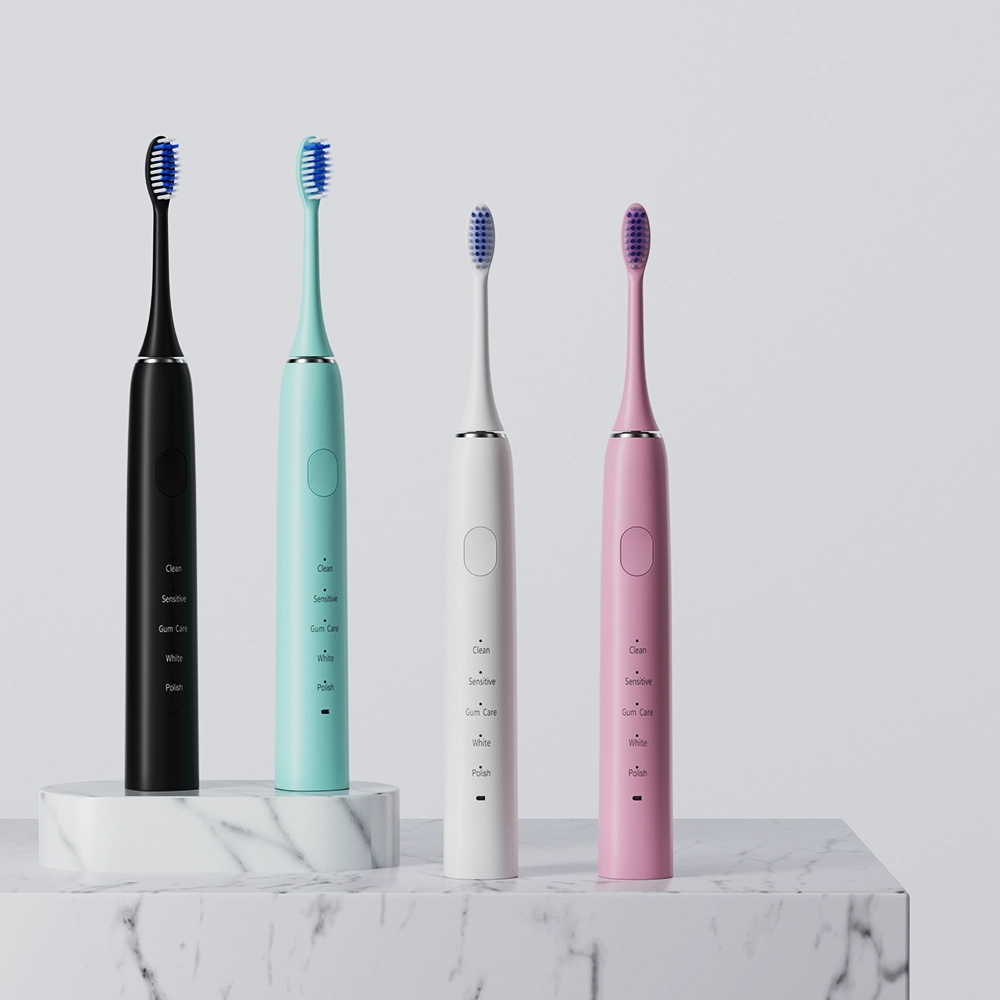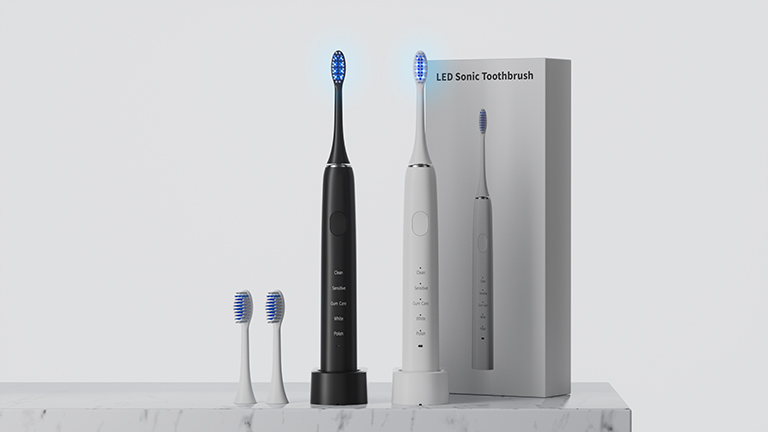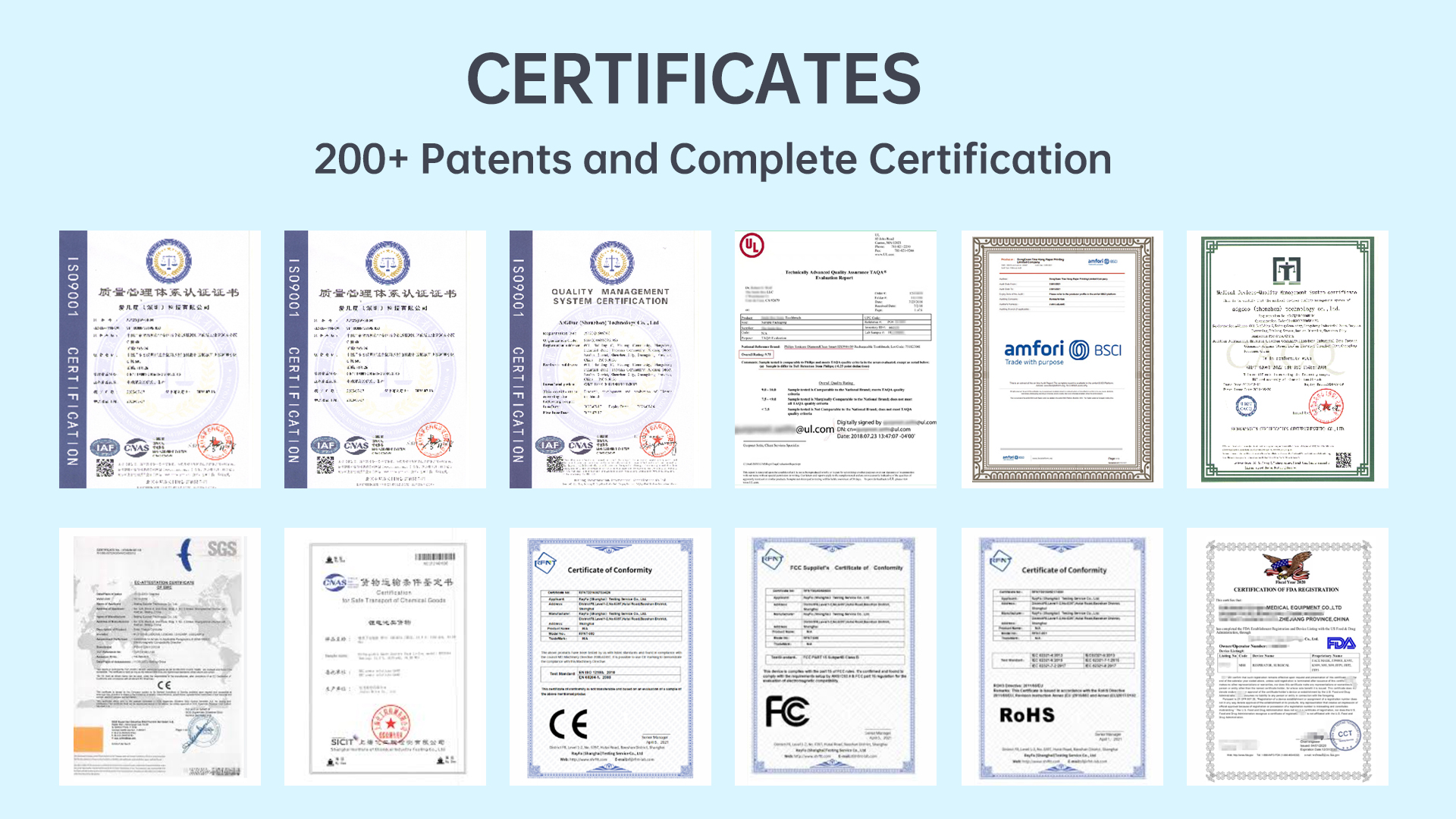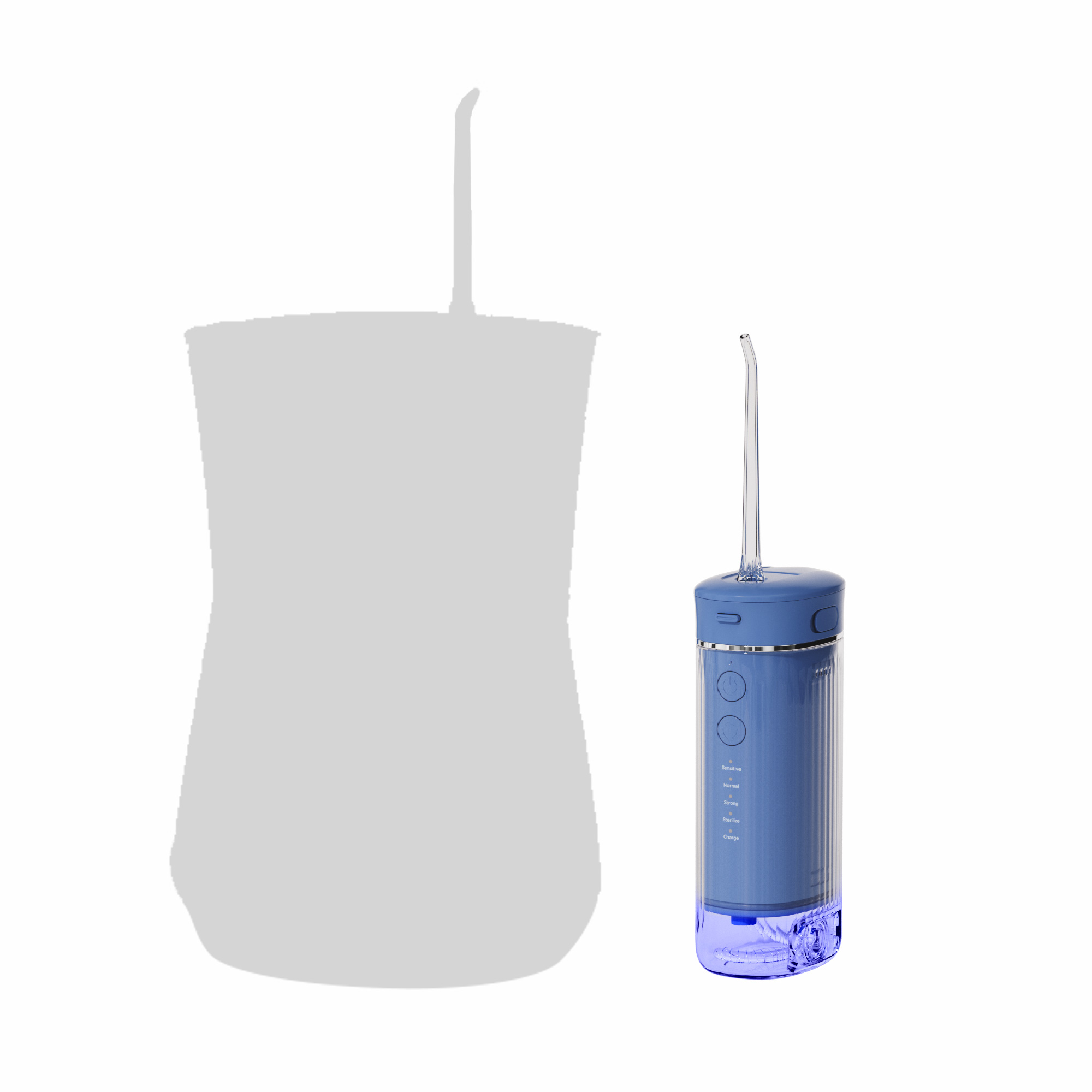Excessive saliva production during teeth whitening can dilute the bleaching gel, reducing its effectiveness. If you struggle with this issue, here are practical solutions to ensure optimal results while keeping your treatment comfortable.
Paradoxically, dehydration can trigger excess saliva production. Sip water before whitening to keep your mouth moist, but avoid drinking large amounts right before application—this helps balance saliva flow.

Some whitening gels have strong chemical flavors that stimulate saliva. Opt for whitening products with better taste, such as mint or fruit-flavored gels, to minimize excessive salivation.
If saliva buildup is an issue, try shorter sessions. Instead of one 30-minute treatment, adjust usage time to two 15-minute sessions with a quick rinse in between. This reduces discomfort while maintaining effectiveness.
Cotton rolls or saliva-absorbing dental pads can help manage excess moisture. Place them near your salivary ducts (under the tongue or cheeks) to use assistive tools that keep the whitening gel in place.
A slight forward tilt encourages saliva to pool at the front of your mouth, making it easier to swallow discreetly without disrupting the whitening tray.
Anxiety or excessive focus on the whitening process can increase saliva production. Listen to music or watch a show to stay relaxed, helping your mouth stay calm.
After whitening, rinse your mouth to remove gel residue. Store your device as directed to maintain hygiene for future use.
By following these steps—keeping your mouth moist, selecting pleasant-tasting gels, adjusting usage time, and using assistive tools—you can minimize saliva interference and achieve better whitening results.
For professional-grade whitening solutions designed for comfort, explore our [product collection] today!

What is the Most Important Test Process in the Production of Water Flosser?
Slippery Electric Toothbrush Handles and Faulty Pressure Sensors: Solving Compatibility Issues?

Material Innovation and Environmentally Friendly Production Practices for Electric Toothbrushes

Can Blue Light Teeth Whitening Devices and Whitening Gels Be Used During Pregnancy?
.jpg)
Pros and Cons: A Deep Dive into UVC and Ozone Sterilization Technologies

Where to buy NYC eco toothbrush? Brooklyn toothbrush store locations!
How to Optimize Jet Instability and User Discomfort?
.jpg)
Can an electric toothbrush truly improve your oral hygiene?

Do You Know What PAP+ Is? Why Is It So Popular in Teeth Whitening?

The Truth About Blue Light Whitening in OEM Electric Toothbrushes

What Are the Advantages of Cooperating with FDA certificated factories?

Fixing Low Pressure in Your Water Flosser: Manufacturer’s Solutions
Sustainable Electric Toothbrush Wholesale | Eco-Friendly B2B Supplier

What’s the Best Brush for Braces cleaning?
Electric Toothbrush with Replaceable Head OEM | Customizable Oral Care Solutions
Portable Mini Water Flosser Supplier

Private Label Whitening Gel

electric toothbrush heads Regular Clean

Customization Teeth Whitening Gel

electric toothbrush heads Charcoal Infuse-Round

electric toothbrush heads Ultra Soft

electric toothbrush heads Deep Clean
.jpg)
Florida Electric Toothbrush – Powsmart PTR-C8

Electric toothbrush heads Charcoal Infused-Diamond
whstapp
whstapp
National Toll-Free Service Hotline
+86 755 86238638